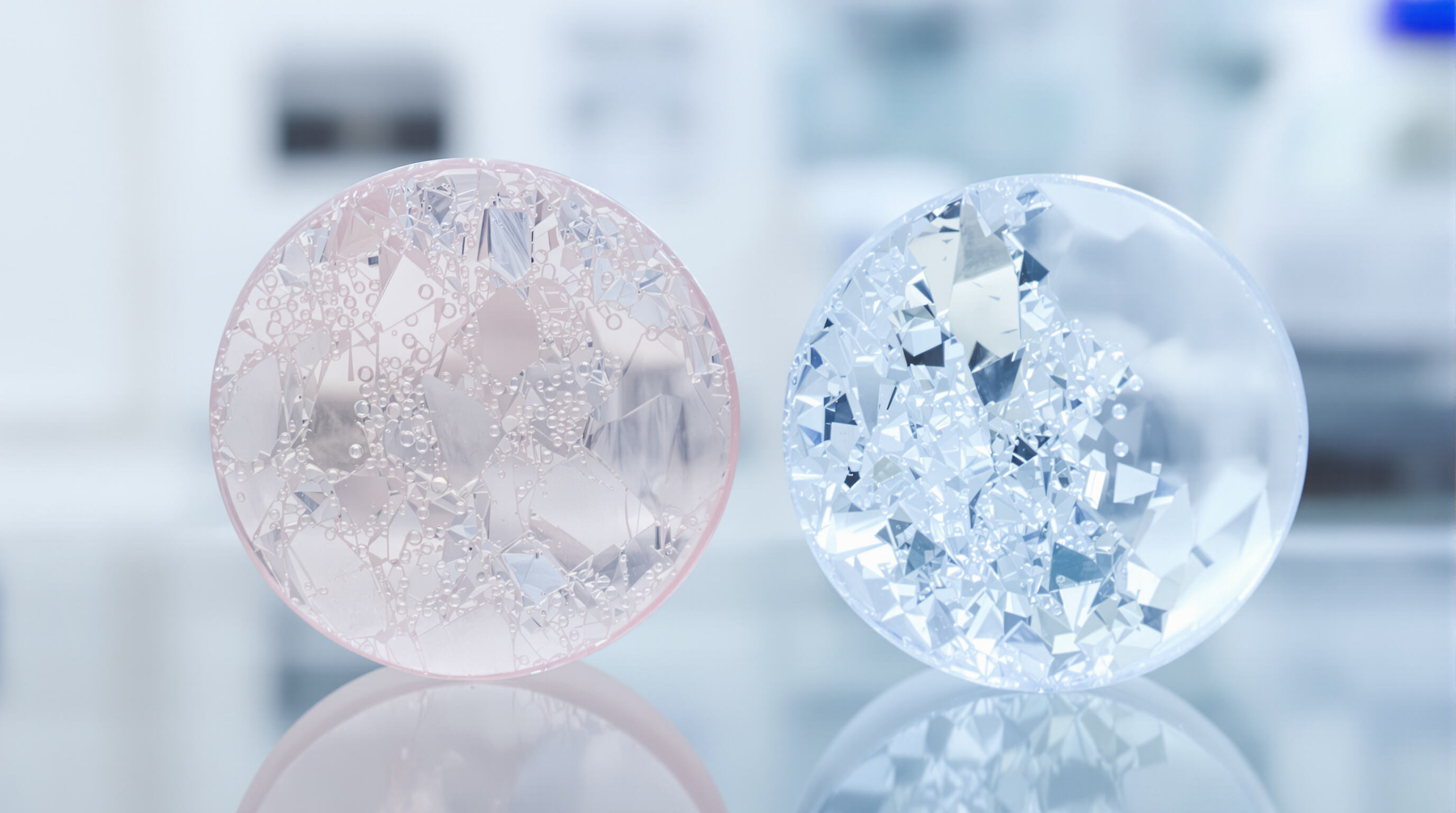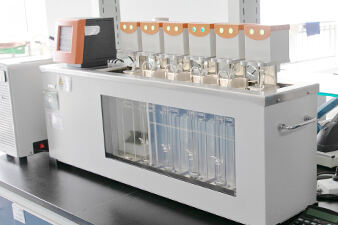The Science of Hyaluronic Acid in Non-Surgical Body Contouring
How Hyaluronic Acid-Based Hydrogels Enable Tissue Volumization
Hydrogels made from hyaluronic acid create 3D networks similar to what we find in our body's own extracellular matrix. This special structure allows tissues to expand in a controlled way when exposed to osmotic forces and viscoelastic changes. Research published last year showed something interesting about these materials. When scientists fine-tuned the HA formulas, they managed to get around 18 to 24 percent volume retention after six months. This happens because the right balance exists between how much water the material holds versus how stable its polymer cross links remain. What makes these injectable gels so effective? They have what's called shear thinning properties. Basically, this means they flow smoothly into those deeper skin layers but then stay put where placed. No wonder there was such an amazing jump in popularity for non surgical body shaping treatments. Clinical data actually shows a staggering 97 percent increase in these procedures from 2010 all the way through 2017.
Mechanisms Behind Enhanced Breast and Hip Projection With Hyaluronic Acid
HA’s glycoprotein-binding domains activate fibroblasts, stimulating collagen production around the implanted gel. This dual mechanism—immediate volumization followed by sustained neocollagenesis—delivers natural-looking projection. With an elastic modulus (G’ ≈ 250 Pa) closely matching hip subcutaneous tissue, the gel minimizes stress concentrations that often lead to complications with rigid implants.
Advantages Over Implants and Traditional Fillers
Unlike silicone implants, which require surgical removal or revision, HA hydrogels fully degrade via hyaluronidase while maintaining 80–85% contour integrity at 12 months. Their tunable rheology surpasses collagen-based fillers by supporting dynamic movement—essential for breast and hip areas that demand both structural definition and natural flexibility.
Tailoring Hyaluronic Acid Formulations for Breast and Hip Enhancement
Adjusting Viscosity and Cross-Linking Density for Breast Augmentation
With precision engineering techniques, doctors can now customize HA hydrogels specifically for breast contouring procedures. When we increase the cross linking density in these materials, they become much thicker gels around 500 Pa s or higher that actually mimic how real breast tissue behaves mechanically. This property lets patients achieve volume increases of about 1.5 cup sizes while still maintaining their shape against gravity's pull. Recent research from 2024 looked at various injectable hydrogel options and found something interesting those specially made formulas kept their shape remarkably well too about 89 percent after 18 whole months. That kind of longevity beats what most traditional silicone implants can offer these days.
Matching Gel Elasticity to Hip Subcutaneous Biomechanics
For hip enhancement, HA gels must align with dynamic biomechanical forces. Optimal formulations exhibit elastic moduli between 12–18 kPa—sufficient to define contours yet flexible enough to accommodate sitting and walking. Advanced testing now simulates multidirectional shear forces (0.5–3 Hz) to ensure performance under real-world conditions.
Patient-Specific Customization Using Rheological Profiling
Rheological profiling enables individualized treatment by assessing:
- Tissue compliance via indentation testing
- Viscoelastic response under prolonged stress (≈30-minute creep tests)
- Shear-thinning behavior for precise injection
This data guides adjustments in HA concentration (15–25 mg/mL) and molecular weight (50–2,000 kDa), aligning gel properties with patient anatomy. Clinical trials indicate such personalized approaches boost satisfaction by 34% compared to standard formulations (p<0.05).
Balancing Performance and Safety: Stability vs. Biodegradability in Hyaluronic Acid Gels

Trade-offs Between Long-Term Shape Retention and Natural Resorption
The challenge with HA hydrogels is finding that sweet spot between staying strong enough and breaking down safely when needed. When they're highly cross linked, these materials can hold their shape for about 18 to 24 months, but they take roughly 40 percent longer to break down compared to those with lighter cross linking. That extended timeframe actually raises concerns about potential problems down the road. Take PEG enhanced blends for instance. After one year, they still keep around 92% of their original volume while regular HA gels drop to just 67%. And there's another issue worth noting too. Research from Ponemon in 2023 shows that materials which take longer to resorb have nearly 2.5 times more cases of capsule formation when used under the skin.
Emerging Trends in Biocompatible, Resorbable Matrices
New matrix designs give researchers better control over how materials behave mechanically and break down over time. Take thiolated hyaluronic acid derivatives as an example they maintain around 85% of their original shape after six months, yet can still dissolve when triggered by enzymes within 18 months. According to a recent study from 2024 looking at rheological properties, these gel materials reach an elastic modulus of about 450 Pa which is similar to what we see in mid density silicone implants, all while remaining completely compatible with living tissues. The field has seen some exciting developments too. Researchers are now working with pH sensitive cross linkers and ultrasound activated resorption techniques that cut down on foreign body reactions by roughly 31% when compared to older hydrogel types, according to last year's FDA report on medical materials.
OEM Development and Manufacturing of Custom Hyaluronic Acid Solutions

Scaling Production Through Strategic OEM Partnerships
Working with original equipment manufacturers lets companies scale up their hyaluronic acid solutions quickly while still maintaining that high medical standard we all need. The specialized gear they use includes those fancy bioreactors and sterile filling machines built just for making hydrogels, which cuts down on contamination problems quite a bit. Research published last year in Biomaterials Science showed that when facilities are optimized for OEM work, they slash particulate contamination rates by almost 90% compared to regular multi-use production lines. These kinds of partnerships really help manufacturers get those custom treatments out there to patients who need them most.
- Precision rheological tuning for breast and hip augmentation
- Flexible production scaling from trial phases to commercial demand
- Efficient R&D cycles using pre-validated manufacturing protocols
Ensuring Sterility and Quality Control in Hydrogel Manufacturing
Modern HA hydrogel manufacturing meets ISO Class 5 cleanroom standards using advanced containment isolators and real-time particulate monitoring. Key quality controls include:
| Control Parameter | Target Specification | Measurement Frequency |
|---|---|---|
| Cross-linking Density | 12% ± 1.5% variance | Batch-level analysis |
| Endotoxin Levels | <0.25 EU/mL | Per-filling cycle |
| Sterility Assurance Level | 10^-6 probability of contamination | Annual validation |
Automated vision systems detect microsurface defects that could compromise safety, while blockchain-based traceability ensures full transparency from raw materials to final delivery. This integration of precision and scalability guarantees consistent performance across production batches.
Frequently Asked Questions
What is hyaluronic acid used for in body contouring?
Hyaluronic acid is used as an injectable hydrogel for non-surgical body contouring, helping to volumize tissues and improve shape retention in areas like the breasts and hips.
How does hyaluronic acid compare to traditional implants?
Compared to traditional implants, hyaluronic acid hydrogels fully degrade, offering flexibility and contour integrity without the need for surgical removal or revision.
Is the procedure safe?
Yes, when produced under stringent ISO Class 5 cleanroom standards, hyaluronic acid gels ensure sterility and safety across production batches.
Table of Contents
- The Science of Hyaluronic Acid in Non-Surgical Body Contouring
- Tailoring Hyaluronic Acid Formulations for Breast and Hip Enhancement
- Balancing Performance and Safety: Stability vs. Biodegradability in Hyaluronic Acid Gels
- OEM Development and Manufacturing of Custom Hyaluronic Acid Solutions
- Frequently Asked Questions

